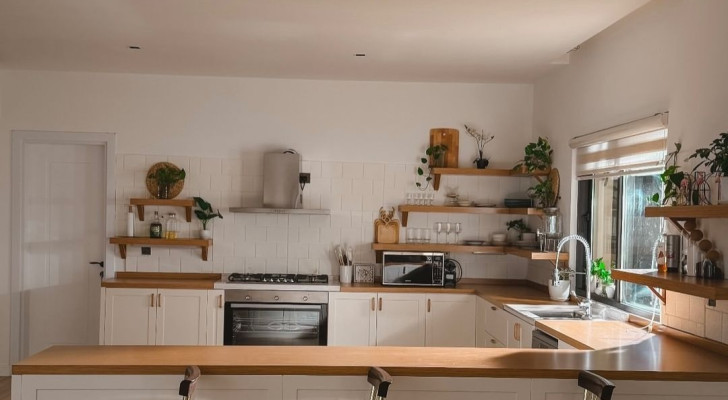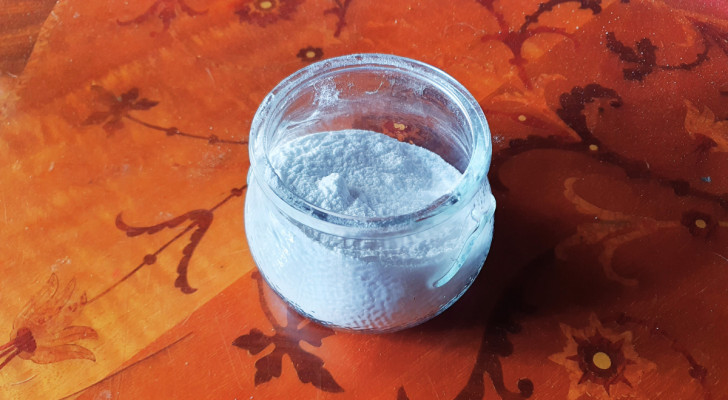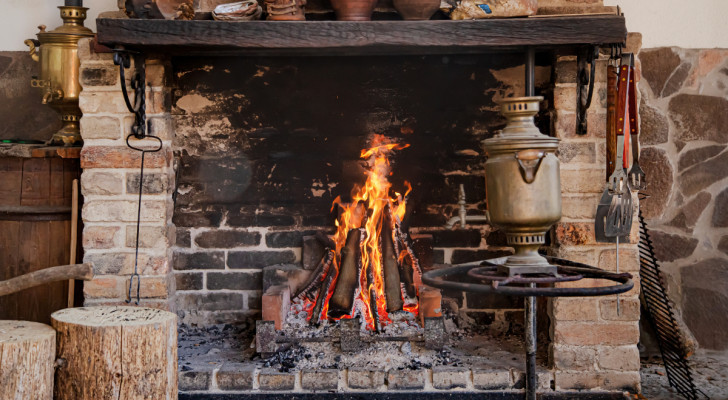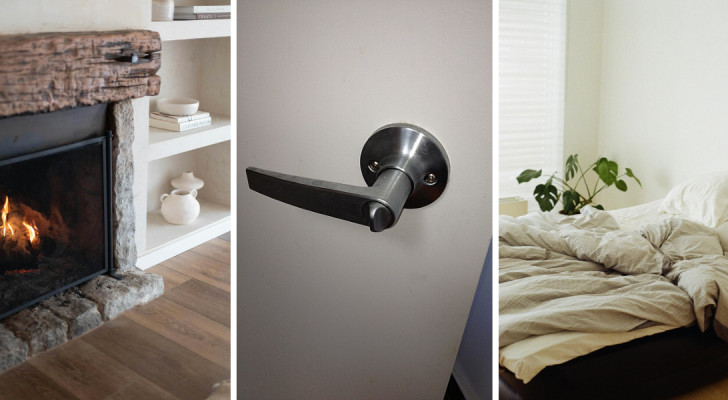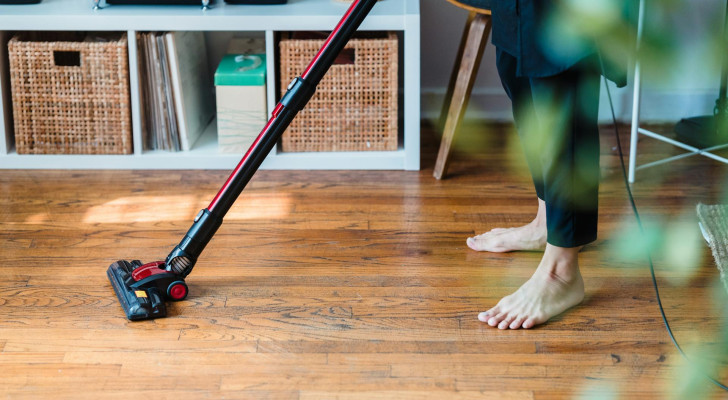The 8 best ground cover plants to create or decorate your garden paths
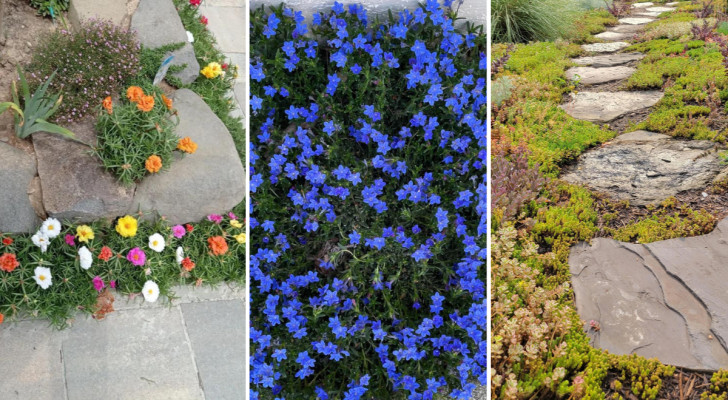
Creating a path in your garden (or improving an existing one) can be a real challenge: the materials usually used for this purpose can also be very expensive and outside of most people's budgets. So, given this, why not use highly robust ground cover plants for the paving?
Some ground cover plants can withstand high levels of foot traffic and not become trampled down and irreversibly damaged.
Below, we suggest the 8 best ground cover plants you can consider using to create garden paths:
1. Ajuga reptans
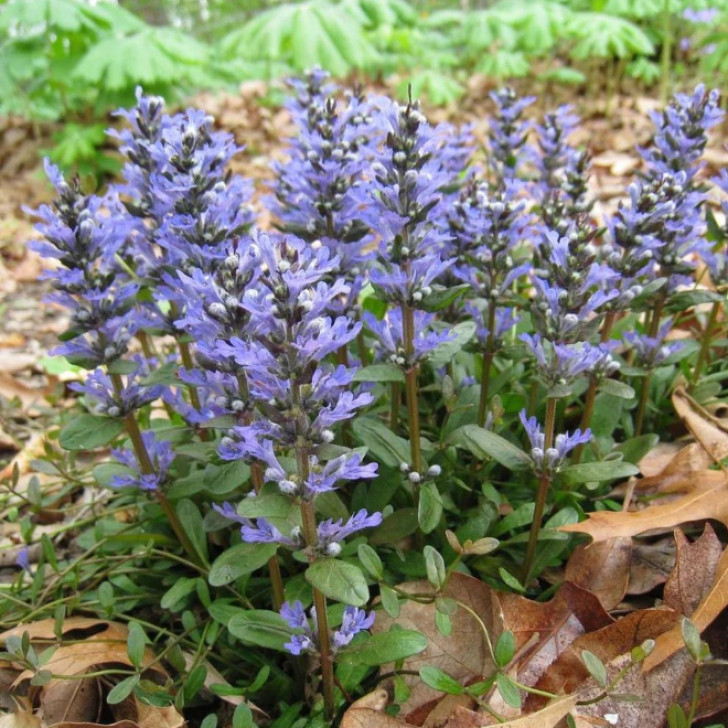
A perennial herbaceous plant characterized by dark green leaves and beautiful blue flowers in the spring, ajuga reptans is perfect for filling gaps in your garden paths or lining existing paths. Ajuga reptans reaches a height of 20 cm and is excellent for shaded and high-humidity areas.
2. Purslane
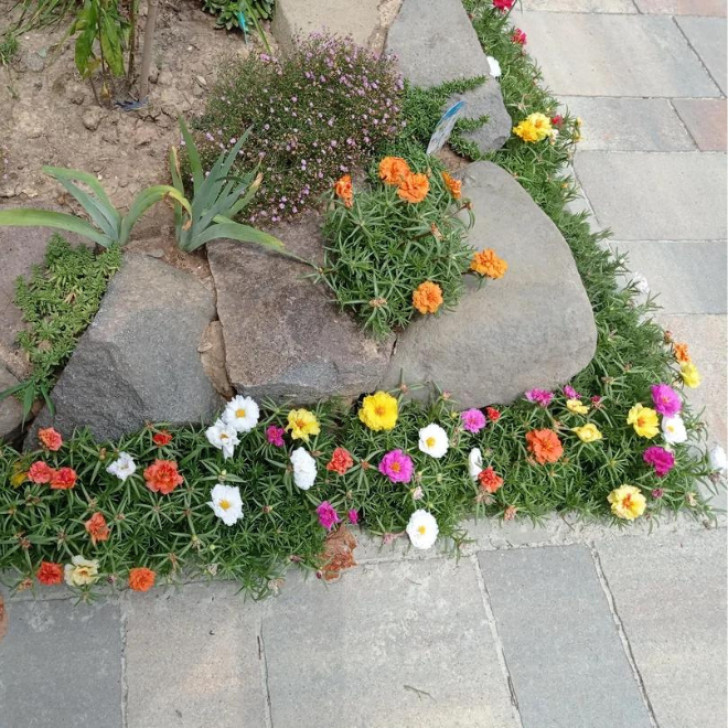
A perennial succulent plant native to the tropics, purslane is a plant frequently cultivated for ornamental purposes due to its hardiness and its wonderful flowers in shades of yellow, pink, orange and red which bloom in summer. Purslane prefers sunny spots and mild temperatures and does not like stagnant water.
3. Phlox stolonifera
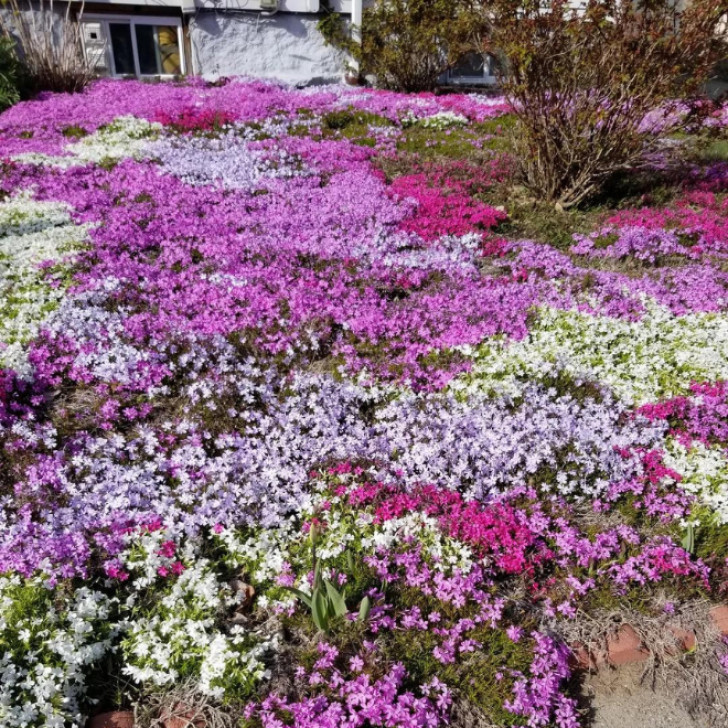
A creeping perennial herbaceous plant native to the eastern United States, Phlox stolonifera is a slow-spreading ground cover plant that transforms into a wonderful flowering carpet in spring and summer. Also suitable for rocky terrain, this plant produces fragant, star-shaped flowers that range in color from white to red. Phlox stolonifera prefers a sunny but partially shaded spot with moist, well-draining soil.
4. Mentha requienii
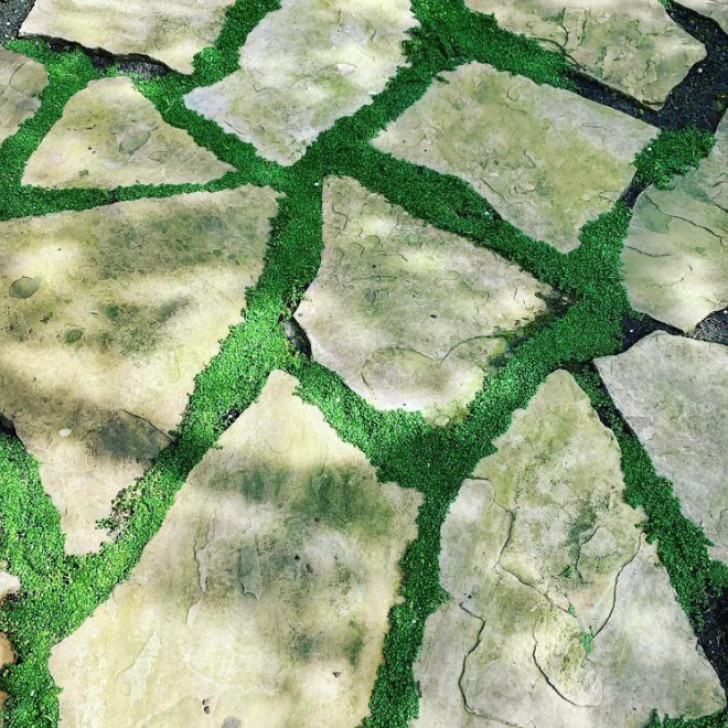
Mentha requienii is an edible aromatic plant also known as Corsican mint. It is a very small and very fragrant perennial ground cover plant. It blooms abundantly in summer with purple-lilac flowers. It prefers humid areas, adapts well when near water sources, and its adaptability to shade makes it perfect for filling walkway joints in shaded areas, releasing its pleasant scent when stepped on.
5. Lithodora diffusa

A perennial plant that reaches a height of 15 cm, Lithodora diffusa is characterized by dark green and "furry" leaves and puts out bright blue or white flowers starting in the spring and throughout the summer. A disease-resistant plant, Lithodora diffusa requires watering only in cases of prolonged drought and prefers sunny spots sheltered from the wind; it is also suitable for harsh climates, tolerating temperatures as low as -15 degrees C.
6. Roman chamomile
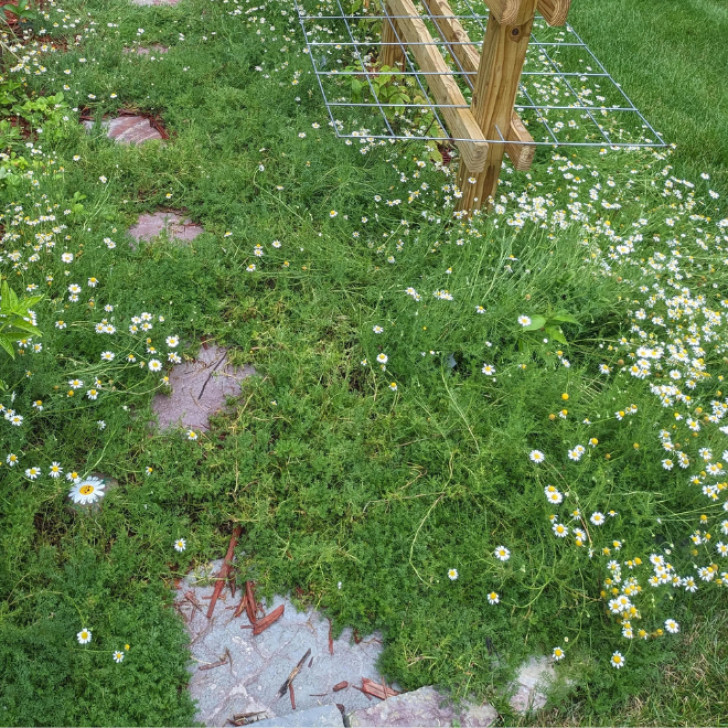
Roman chamomile can be a good choice for less trafficked areas of your garden, where it will release its slightly honeyed scent if stepped on. Hardy and easy to grow, this plant can be grown in mild climates and in sunny or semi-shaded areas, preferring shelter from the wind. It prefers humid spots but - during the nigh - this humidity should become excessive.
7. Isotoma fluviatilis
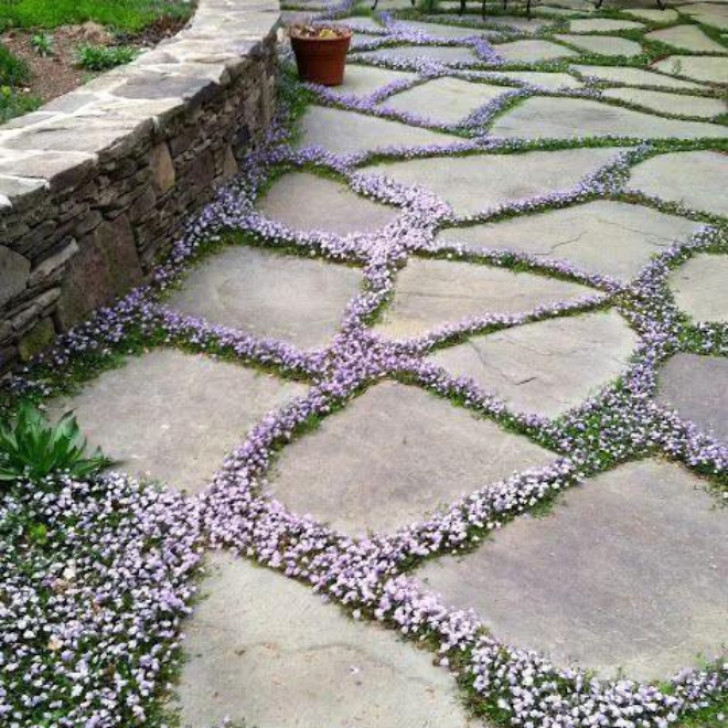
A creeping, low level perennial plant , the isotoma produces star-shaped white or blue flowers and is a great ideal choice for replacing bald spots on the lawn or as a filler for gaps in the garden path (or in a rock garden). This plant does not like the cold and should be kept away from areas where the temperature drops below 5 degrees. It prefers a sunny spot but can also adapt well to partial shade.
8. Sedum

A genus of succulents belonging to the Crassulaceae family, Sedum is a plant that adapts well to a wide variety of climates, (although it prefers a moderate climate and exposure to direct sunlight). Sedum is perfect for giving color to your garden paths and driveway without needing much care.
Which of these plants will you use for your garden?
